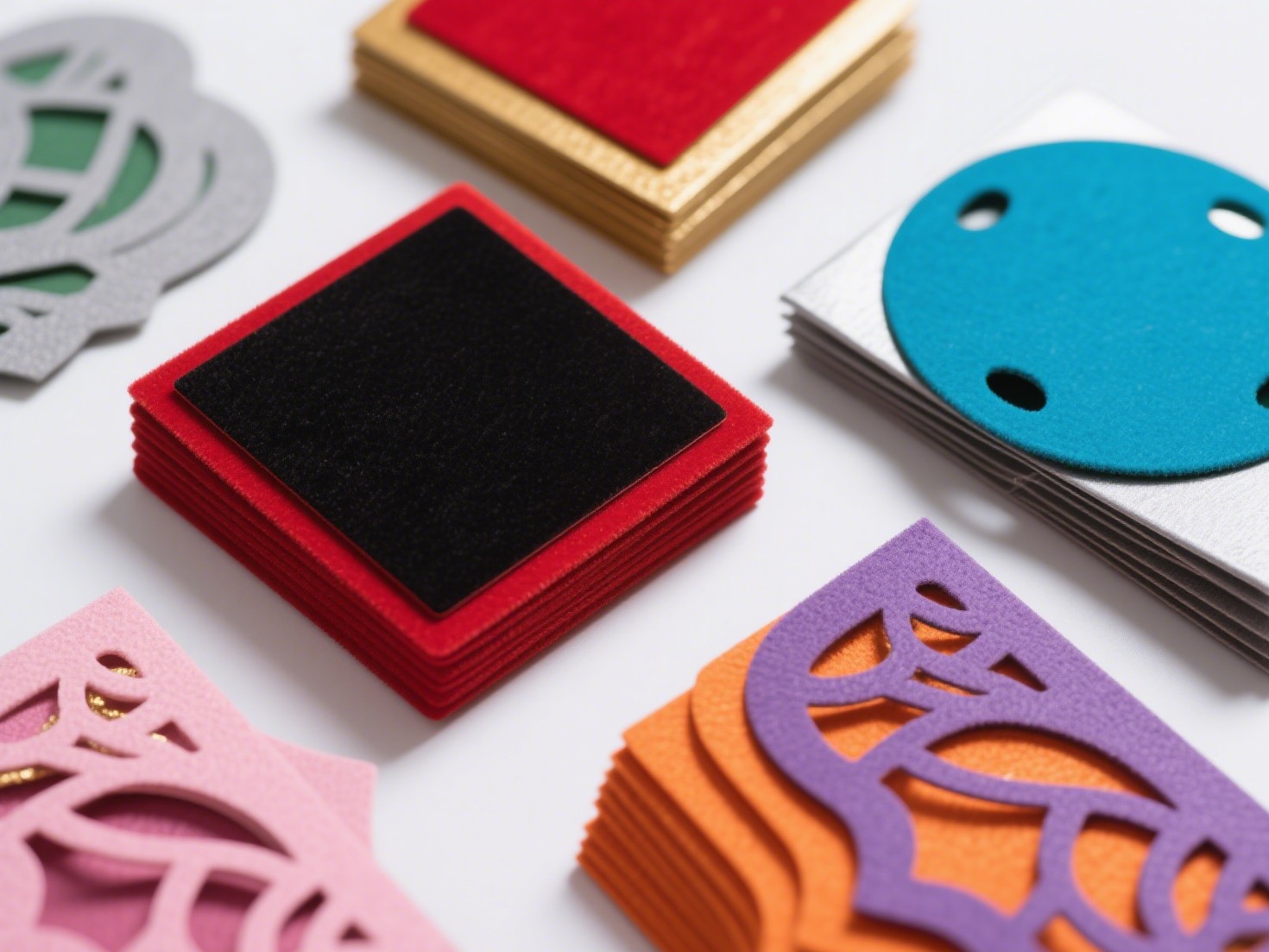https://www.xinghuijm.com/CNC-Machining-of-Welded-Parts-Ensuring-High-Welding-Quality-Standards.html
In modern manufacturing, CNC machining of welded parts plays a crucial role in producing durable, precise, and high-performance components. Welded assemblies are widely used in industries such as automotive, aerospace, construction, and heavy machinery. However, the quality of welding directly affects the performance and reliability of the final product. At Shenzhen Star Precision Machinery Co., Ltd., we focus not only on advanced CNC machining techniques but also on maintaining strict welding quality requirements that align with international standards.
The Importance of Welding Quality in Machined Components
Welded parts serve as the backbone of structural integrity in many engineering applications. Poor-quality welds can lead to premature failures, increased maintenance costs, and safety risks. High-quality welding ensures:
-
Sufficient strength to withstand mechanical loads
-
Uniform appearance with smooth, defect-free weld seams
-
Durability and reliability in demanding environments
By combining precision CNC machining with robust welding processes, manufacturers can achieve components that meet both structural and dimensional accuracy requirements.
Key Welding Quality Requirements
1. Welding Strength
The strength of welded joints is fundamental. Proper fusion between the base metals and filler material must be achieved to guarantee that the weld can endure mechanical stresses. Factors such as heat input, welding speed, and filler selection directly influence joint strength.
2. Weld Appearance
A high-quality weld is not only strong but also visually uniform. Acceptable weld seams should be smooth, consistent in width, and free from irregularities such as spatter, undercutting, or excessive reinforcement. The external appearance reflects the precision of workmanship and the consistency of the process.
3. Internal Defects
While the surface may appear flawless, internal defects such as porosity, cracks, inclusions, or lack of fusion can compromise performance. Detecting and preventing these flaws is critical to ensuring the long-term reliability of welded parts.
International Welding Standards and Regulations
To ensure welding quality, global standards provide strict guidelines:
-
ISO (International Organization for Standardization): Defines welding procedures, qualification testing, and quality levels.
-
AWS (American Welding Society): Sets requirements for structural welding codes, materials, and performance standards.
-
EN (European Standards): Covers specific industry applications, ensuring welded components meet regulatory safety and performance criteria.
Compliance with these standards ensures that welded parts not only meet local requirements but also align with global quality expectations.
Inspection and Quality Control Methods
1. Non-Destructive Testing (NDT)
NDT allows manufacturers to evaluate weld integrity without damaging the part. Common methods include:
-
Ultrasonic Testing (UT): Detects internal flaws such as cracks or voids using high-frequency sound waves.
-
Radiographic Testing (RT): Uses X-rays or gamma rays to reveal internal defects in welds.
-
Magnetic Particle Testing (MT): Identifies surface and near-surface discontinuities in ferromagnetic materials.
-
Dye Penetrant Testing (PT): Highlights surface cracks by using visible or fluorescent dyes.
2. Dimensional and Visual Inspection
Before machining, weld seams undergo visual checks for surface defects, alignment, and overall consistency. After machining, precise measurements ensure the welded part meets exact tolerances.
CNC Machining and Welded Part Integration
Once welding quality is verified, CNC machining is applied to achieve the required dimensional accuracy, surface finish, and geometric tolerances. This integration ensures:
-
Enhanced structural integrity through precise removal of excess material
-
Improved functionality by refining critical dimensions
-
Better aesthetics and fit in complex assemblies
The CNC machining of welded parts is only as reliable as the welding quality behind it. Meeting strength, appearance, and defect-free requirements—while adhering to ISO, AWS, and other international standards—ensures components are safe, durable, and high-performing. Through advanced non-destructive testing and precision CNC machining, Shenzhen Star Precision Machinery Co., Ltd. delivers welded assemblies that meet the most demanding industrial applications.
www.xinghuijm.com
Shenzhen Star Precision Machinery Co., Ltd.


